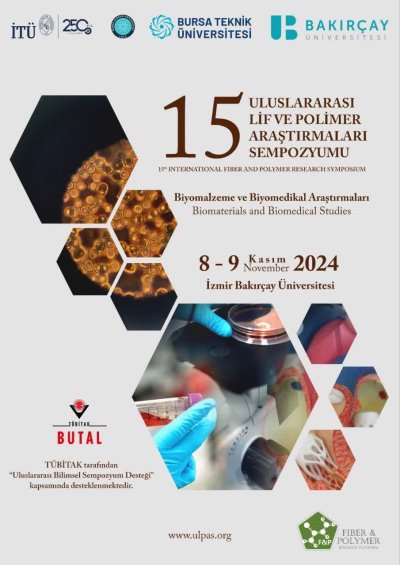0% Complete
Authors :
Keywords :
Abstract :
List of archived papers
Turdimuhammad Abdullah - Levent Babayiğit - Aleyna Turanlı - Recep Furkan Turan - Cemil Dizman
Alara Meryem Ayaz - Omer Yunus Gumus - Muhammet Kara
Ebru Yabas - Mehmet Simsir - Fatih Ozaydın
Rahima Rasulzade - Cansel Tuncer
Fatih Gökgöz - Merve Mocan
Rumeysa İncesu - TARKAN AKDERYA - Ataberk KAPLAN - Gülbahar TABAKOĞLU - Cem GÖK
Hasan Arıkan - Ayşe Pınar Tüzüm Demir
Kadriye Kutlay - Nejla Değirmenci - Fulya Tunalı



